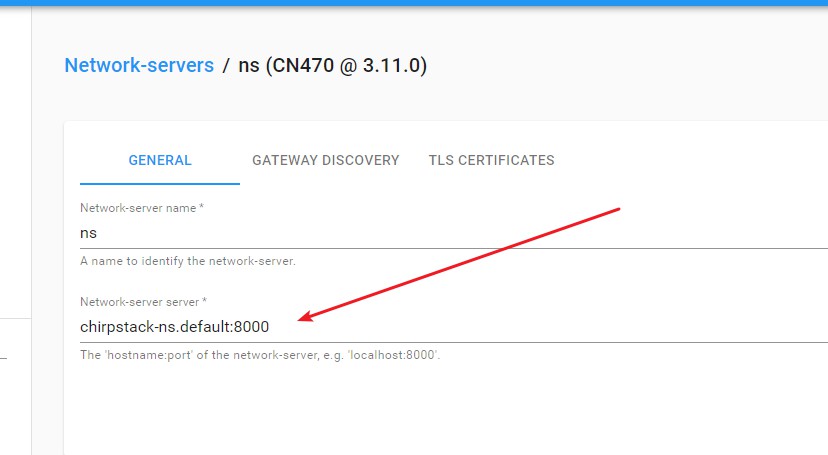chirpstack-helm-chart
Open source lorawan server project chirpstack helm chart, project source code
How to contribute
If you want to contribute to this project, you can click the forkbutton forkthis project and initiatePR
Fork
Preparation for contribution: Forkthis project.
Contribution process
$ git remote add chirpstack-helm-chart [email protected]:liangyuanpeng/chirpstack-helm-chart.git
# sync with the remote master
$ git checkout master
$ git fetch chirpstack-helm-chart
$ git rebase chirpstack-helm-chart/master
$ git push origin master
# create a PR branch
$ git checkout -b your_branch
# do something
$ git add [your change files]
$ git commit -sm "xxx"
$ git push origin your_branch
Install helm chart
$ git clone https://github.com/liangyuanpeng/chirpstack-helm-chart.git
$ cd chirpstack-helm-chart/
# install helm chart from this repo
$ helm install chirpstack .
注意:默认使用名叫longorn的storageClass存储.
$ kubectl get po
# 执行命令后可以看到以下pod
NAME READY STATUS RESTARTS AGE
chirpstack-as-84b68cb7fd-zgs5j 1/1 Running 0 45s
chirpstack-ns-7d9b9867f-zftn6 1/1 Running 0 45s
mosquitto-0 1/1 Running 0 45s
pgsql-0 1/1 Running 0 45s
redis-0 1/1 Running 0 45s
redis-exporter-64f8bf4f46-2rcgl 1/1 Running 0 45s
$ kubectl get svc
# 执行命令后可以看到以下svc
NAME TYPE CLUSTER-IP EXTERNAL-IP PORT(S) AGE
chirpstack-as ClusterIP 10.98.227.61 <none> 8080/TCP,8001/TCP,8003/TCP 77s
chirpstack-ns ClusterIP 10.108.182.238 <none> 8000/TCP 77s
mosquitto ClusterIP 10.104.149.103 <none> 1883/TCP 77s
pgsql ClusterIP 10.102.33.231 <none> 5432/TCP 77s
redis ClusterIP 10.109.138.95 <none> 6379/TCP 77s
redis-exporter ClusterIP 10.106.66.131 <none> 9121/TCP 77s
$ kubectl get pvc
# 执行命令后可以看到以下pvc
NAME STATUS VOLUME CAPACITY ACCESS MODES STORAGECLASS AGE
pgsql-pvc-pgsql-0 Bound pvc-c1c6adf4-32ef-4431-bd6a-3825a6ef408c 96Mi RWO longhorn 3d
redis-pvc-redis-0 Bound pvc-e464d0e8-e04a-4958-858e-5efef1aeba9c 48Mi RWO longhorn 3d
$ helm list
# 执行命令后可以看到以下chart
NAME NAMESPACE REVISION UPDATED STATUS CHART APP VERSION
chirpstack default 1 2021-01-29 16:11:48.984574857 +0800 CST deployed chirpstack-helm-chart-0.1.0 1.16.0
Expose svc of application-server, access application-server
kubectl port-forward svc/chirpstack-as 8080:8080 --address 0.0.0.0
Set network-server on application-server
You can set chirpstack-ns.{namespace}:8000orchirpstack-ns.{namespace}.svc.cluster.local:8000
Here {namespace} is replaced with the real namespace

If you use the gateway-bridge component, you can use the following command to expose svc
kubectl expose deploy gateway-bridge --port 1700 --target-port=1700 --protocol=UDP --name udpservice --type=NodePort
to sum up
So far, ChirpStack has been deployed on K8S. The default service is to create SVC but not further exposed. The specific exposure method is currently for users to choose. After the AS port is exposed, the AS can be accessed. The same is true for MQTT service and gateway-bridge service. Data needs to be uploaded to the server and the service needs to be exposed.